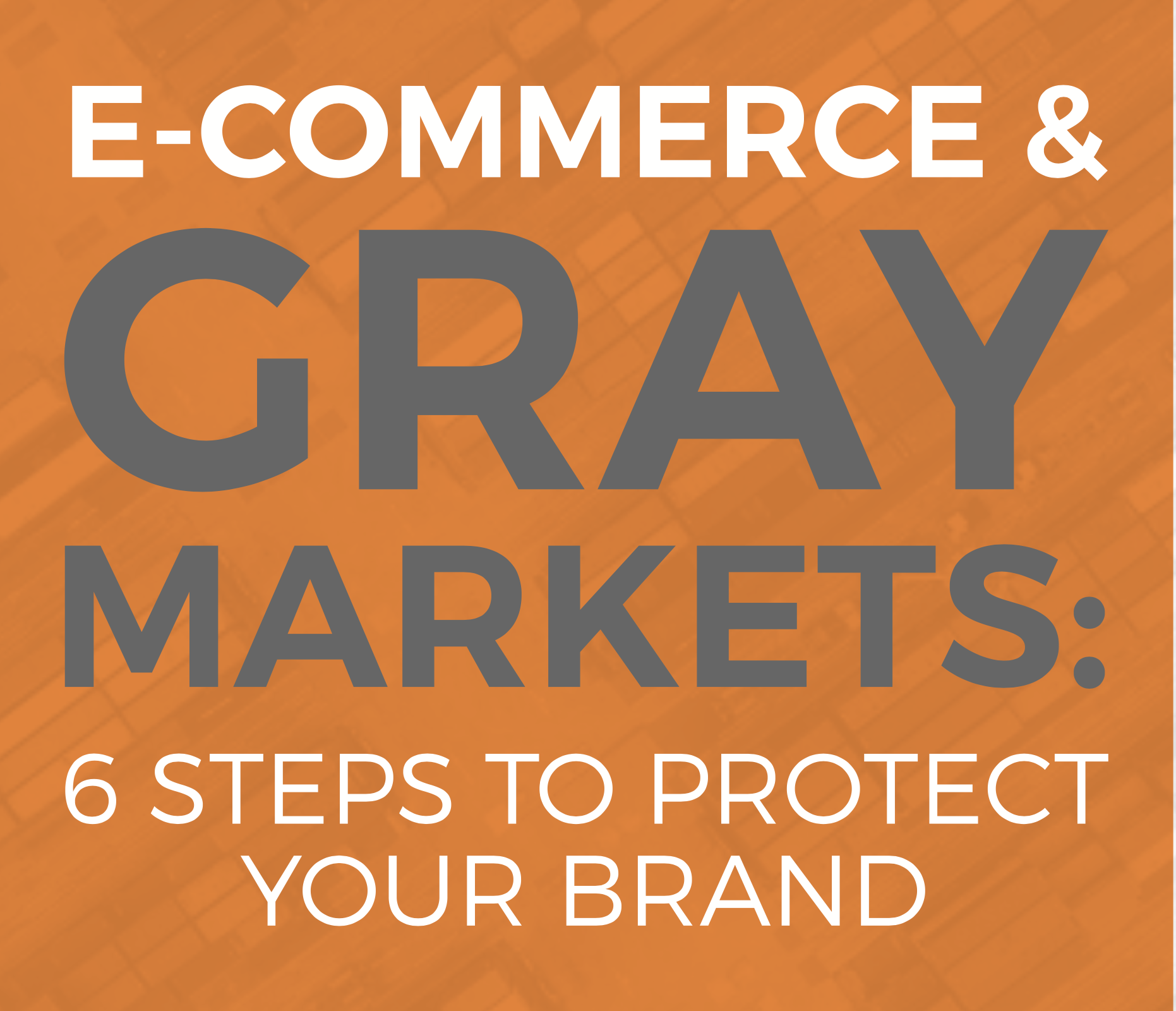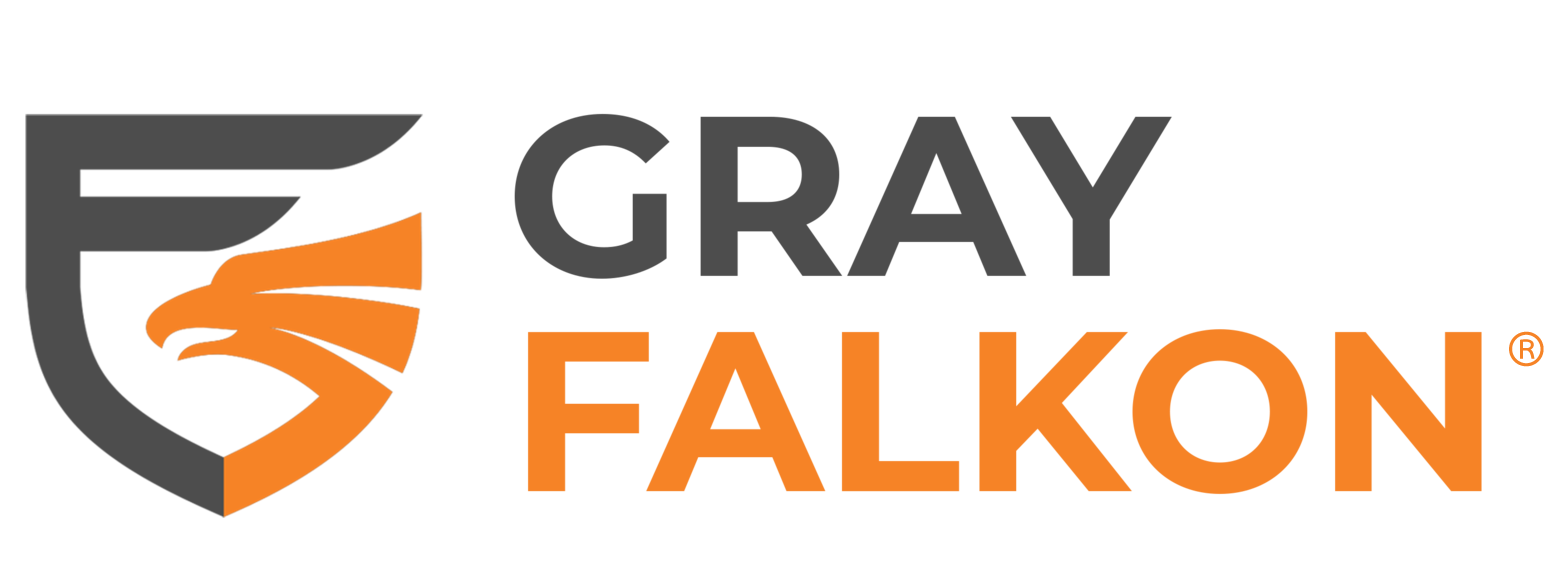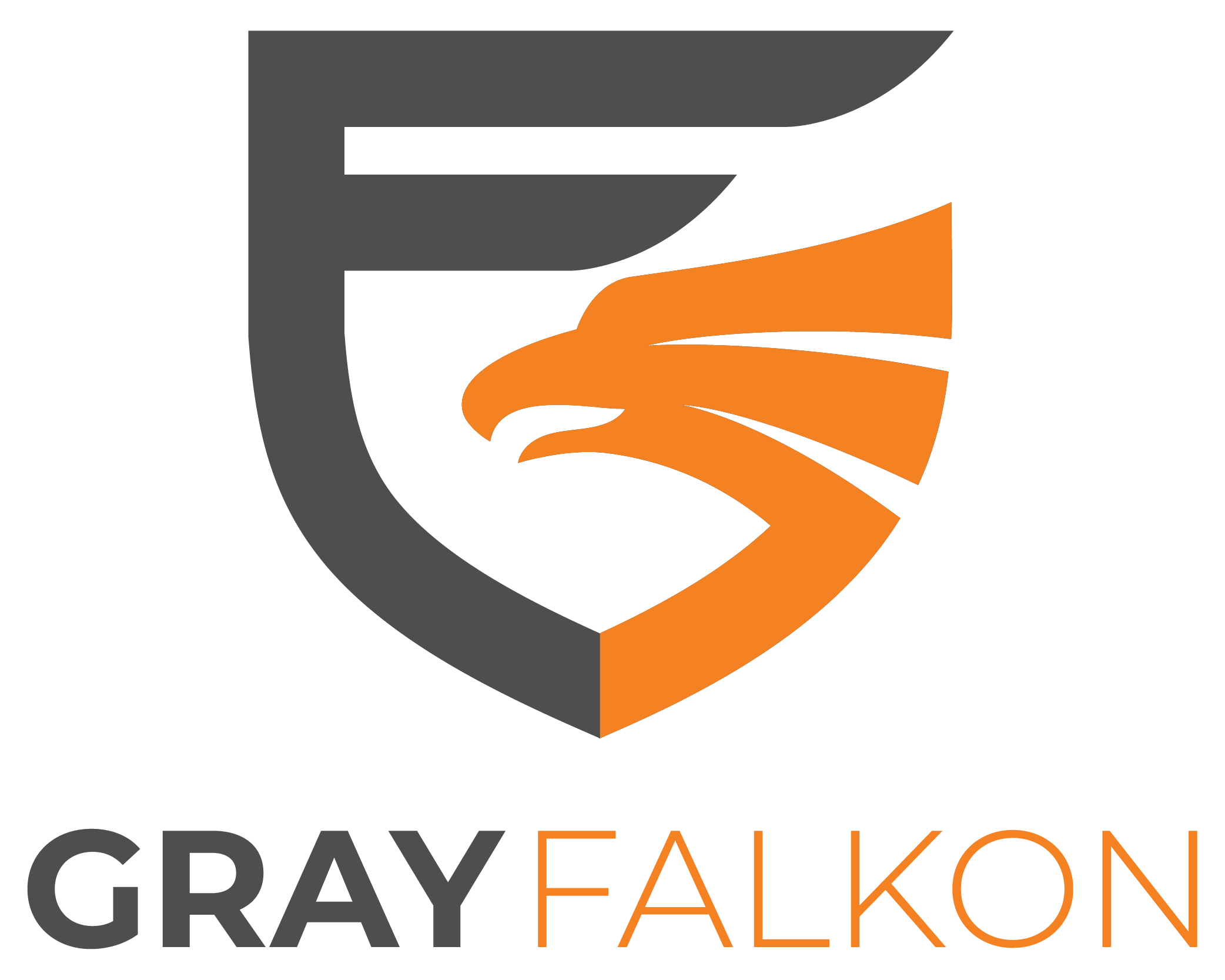
Falkon Focus: The gray market isn’t counterfeit; it’s authentic products sold through unauthorized sellers. Left unchecked, it erodes margins, weakens MAP compliance, and damages customer trust. Warning signs include unexplained price drops, Featured Offer and Buy Box instability, and sudden seller surges. Early detection is key, but true brand protection requires proactive monitoring and automated enforcement. Gray Falkon helps brands spot problems early and stop them before they cost you.
For many brands, the biggest threat isn’t always counterfeit goods or obvious knockoffs, it’s the gray market. The gray market occurs when authentic products are sold through unauthorized sellers or outside approved distribution channels. Unlike counterfeits, these products are real, which makes the problem harder to detect and easier for brands to overlook until the damage is already done.
However, the risks are very real. Gray market activity not only violates marketplace policies, but can erode margins, undermine pricing agreements, and destabilize critical marketplace mechanisms like the Featured Offer and Buy Box. These policy violations create inconsistent and potentially fraudulent customer experiences that reflect poorly on your brand’s reputation. Worse, once rogue sellers gain traction, the problem compounds quickly, spreading across marketplaces and dragging down both sales and brand equity through systematic policy infractions that compromise your entire distribution strategy.
The good news? Gray market problems are preventable and can be dealt with swiftly if you can spot the early warning signs.
Why the Gray Market Is Growing
The gray market isn’t new, but its scale and impact on brands have intensified as eCommerce has expanded. Marketplaces like Amazon and Walmart have lowered the barrier to entry, making it easier than ever for sellers, some inevitably unauthorized, to list products and reach millions of consumers.
Several factors fuel this growth:
- Marketplace Scale and Accessibility: With millions of active sellers across major eCommerce platforms, monitoring every listing is nearly impossible without advanced tools. This creates space for gray market sellers to blend in with brands and authorized sellers.
- Distribution Leaks: Products can slip into unauthorized channels through bulk purchases, diversion by retail partners, international trade, or even product returns. Once outside approved distribution, they frequently resurface on major marketplaces as unauthorized listings.
- Consumer Demand for Discounts: Shoppers looking for the lowest price often unknowingly purchase from gray market sellers. For brands, this creates downward pricing pressure and undermines Minimum Advertised Price (MAP) enforcement.
- Global Supply Chains: With the expansion of Amazon’s Multi-Channel Fulfillment (MCF) across diverse platforms, including TikTok Shop, Walmart, and SHEIN, complex logistics become even more challenging for brands to control. This intricate fulfillment ecosystem makes it increasingly difficult to track where inventory ends up. This complexity offers a prime opportunity for unauthorized sellers to exploit, as they can now leverage Amazon’s extensive fulfillment network to distribute products across multiple sales channels, potentially blurring the lines of authorized distribution and creating significant risks for brand integrity.
- Retail Media Overreach: As ad spend increases, unauthorized sellers piggyback on brand visibility to capture traffic. Brands pay to generate demand, while gray market sellers cash in on the exposure.
The gray market thrives because the marketplace model makes it easy for sellers to list products and difficult for brands to maintain total marketplace control without scalable and dedicated enforcement.
Warning Signs of a Gray Market Problem
The gray market often starts quietly, but the signs are there if you know where to look. Spotting these early can prevent small disruptions from snowballing into major brand and revenue damage for your brand.
Key warning signs include:
- Unexplained Price Drops: Products showing up below MAP or advertised prices without any authorized discounting.
- Featured Offer or Buy Box Instability: Sudden or frequent shifts in Featured Offer or Buy Box ownership, even on listings you typically control.
- New or Unknown Seller Profiles: An influx of sellers you don’t recognize, often with limited or no track record.
- Inconsistent Customer Experience: Complaints in reviews about packaging, labeling, or product condition that don’t match your standards.
- Unusual Inventory Surges: Large volumes being sold by sellers with no known relationship to your supply chain.
- Geographic Red Flags: Products surfacing in regions outside your authorized distribution footprint.
These early signals often indicate unauthorized sellers are entering your channel. Left unchecked, they can quickly erode both brand protection and long-term marketplace control.
The Cost of Ignoring Gray Market Activity
Many brands underestimate the gray market because the products are authentic, or they may be confused about the source and don’t want to step on anyone’s toes. But ignoring unauthorized sellers can be just as damaging as ignoring counterfeits, sometimes even more so.
Here’s what’s at stake:
- Lost Sales and Margin Erosion: Every time an unauthorized seller undercuts pricing or wins the Featured Offer or Buy Box, revenue is diverted away from your authorized channels. Over time, this creates significant revenue loss.
- Weakened Pricing Policy Enforcement: Once gray market sellers ignore pricing policies, others follow. Soon, your carefully designed pricing strategy collapses, leaving partners and authorized sellers frustrated and consumers confused.
- Damaged Brand Reputation: If customers receive expired, repackaged, or poorly handled inventory, they don’t blame the third-party seller, they blame your brand. After all, your name is on the product. Negative reviews and returns follow.
- Channel Conflict: Authorized sellers may lose confidence in your ability to protect the channel. This can lead to strained partnerships and reduced willingness to support future promotions.
- Wasted Ad Spend: Brands investing in retail media may inadvertently fund unauthorized sellers. When a hijacked listing gets the traffic, your advertising dollars work against you instead of for you.
Ignoring these issues won’t make them disappear, it will make them multiply. The gray market doesn’t shrink without intervention, it grows.
Preventing a Gray Market Problem
The best way to stop gray market activity from costing your brand is to catch it early and act consistently. Prevention requires a mix of authorized seller and distribution programs, monitoring, enforcement, and coordination across platforms and teams.
Here are key steps brands can take:
- Audit Your Listings Regularly: Don’t wait for Q4 or major sales events. Routine audits help you spot unauthorized sellers before they scale.
- Monitor Pricing Compliance Daily: Automated tools can flag sudden price drops that indicate unauthorized sellers are undermining your pricing strategy.
- Leverage Marketplace Tools: Programs like Amazon Brand Registry, Seller Central, and Walmart Brand Portal offer reporting options to help brands remove violators. These tools can be powerful, but they’re limited if used without a broader strategy.
- Conduct Strategic Test Buys: Purchasing from suspicious sellers helps verify whether inventory is diverted, expired, or otherwise problematic.
- Identify Distribution Leaks: Trace where gray market sellers are sourcing products. Plugging the leak at the supply chain level reduces future unauthorized activity.
- Align Internal Teams on Response Protocols: Ensure your marketing, eCommerce, and legal teams are aligned on how violations are reported, escalated, and resolved.
- Act Quickly: Delay is costly. The longer unauthorized sellers operate, the more entrenched they become, and the harder they are to remove.
Even with vigilance and internal alignment, manual efforts only go so far. Marketplace tools can help, but they don’t catch everything, and they don’t scale with the speed of unauthorized activity. That’s why proactive protection and automation are essential, and Gray Falkon provides the next layer of defense.
How Gray Falkon Helps Stop Gray Market Disruption
Gray market problems don’t go away on their own. They require constant monitoring, quick enforcement, and scalable communication – a continuous, always-on process that most internal teams cannot sustain year-round. That’s where Gray Falkon steps in. Our solution combines AI-driven technology with deep expertise in constantly changing marketplace dynamics across Amazon, Walmart, other major eCommerce and social commerce marketplaces. We don’t just react to marketplace changes: we anticipate and navigate them, ensuring brands maintain true marketplace control in an increasingly complex digital ecosystem.
Real-Time Monitoring
Our solution uses AI-powered technology to monitor listings across Amazon, Walmart, and other major marketplaces. Unlike other monitoring tools, we track all unauthorized sellers and listings, giving you full visibility into who’s disrupting your listings.
Customized Letter Campaigns Backed by Policy and Proof
Before AI ever steps in, our Brand Success Strategists craft and deliver customized letter campaigns grounded in marketplace policy. These letters establish authority and set expectations with unauthorized sellers for compliance.
Falkon Connect Takes It From There
Once initial contact is made, Gray Falkon’s proprietary AI-powered Falkon Connect begins ongoing seller engagement, requesting inventory documentation, reinforcing policy messaging, and encouraging listing removal. It doesn’t replace your strategist, it amplifies their reach, speed, and effectiveness.
Automation-Driven Violation Reporting
If unauthorized listings persist, our system prepares and submits structured, marketplace-compliant enforcement reports for marketplaces to take action. This reduces time to resolution, increases the chances of removal, and eliminates the burden of manual reporting from your internal team.
Cross-Marketplace Protection
Unauthorized activity doesn’t stay on one platform. We extend protection to Amazon, Walmart, and other eCommerce marketplaces, ensuring you control your brand’s consumer experience.
Marketplace Brand Protection Portal
Full Deployment customers get access to our Marketplace Brand Protection Portal, a dashboard suite that turns data into decision-making. Key dashboards include:
- Overview Dashboard: A high-level snapshot of your brand protection efforts across marketplaces and regions, including metrics on sellers removed, listings removed, and suppressed sales volumes.
- Products Dashboard: See which products are most affected, how many unauthorized sellers have targeted them, and when.
- Sellers Dashboard: Monitor seller behavior over time, including repeat appearances and shifting inventory strategies.
This information gives brands the ability to make decisions about how to address unauthorized and gray market activity.
With Gray Falkon, brands don’t just monitor the gray market, they stop it. Our proactive approach ensures that your advertising, promotions, and customer trust remain intact, no matter how aggressive unauthorized sellers become.
Prevention Is Protection
The gray market can feel like a slow leak, easy to ignore at first, but costly once it spreads. Left unchecked, it erodes pricing, damages relationships, and undermines customer trust. By the time the signs are obvious, the problem is already expensive.
The smartest brands don’t wait. They treat gray market detection and enforcement as part of their growth strategy, not an afterthought. Monitoring listings, submitting policy violations, and aligning teams are critical steps, but true marketplace control requires scale, speed, and automation.
That’s where Gray Falkon comes in. With AI-driven monitoring, 24/7 seller engagement, and automated violation reporting, we help brands stop gray market threats before they cost you revenue, margin, and brand equity. Schedule a demo today and start protecting your brand from unauthorized sellers.



